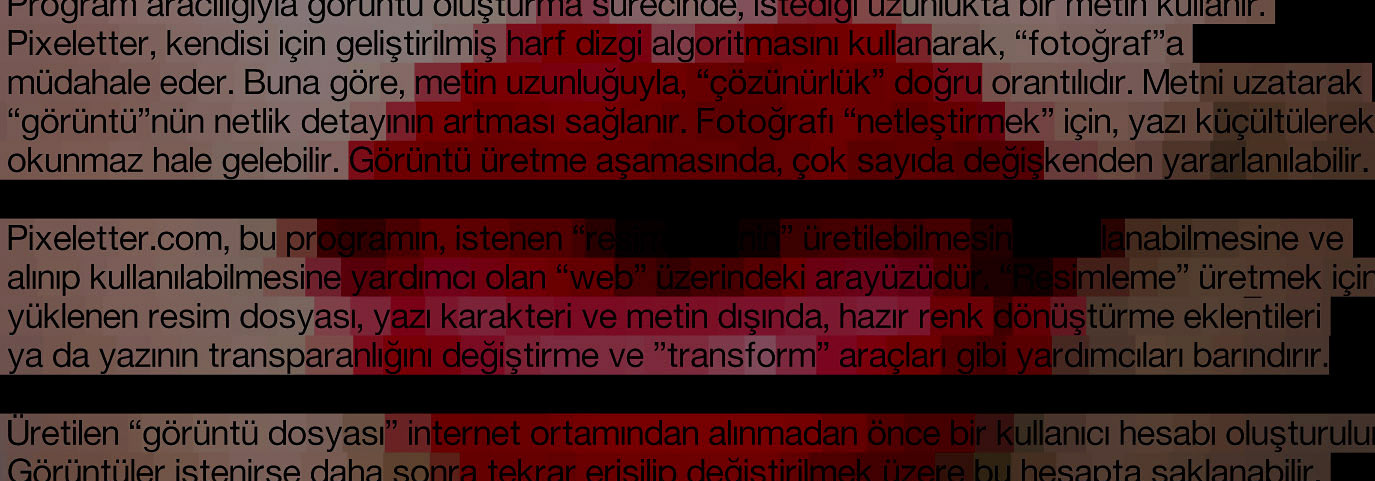V A L I D A T I O N
But why exactly is this a problem?
Buying products online has never been easier, and product reviews have never been more plentiful than they are today. However, for many products, the volume of customer reactions across different retail sellers is overwhelming.
When more and more of our purchases are made online, and every purchase requires reading reviews, then researching products becomes a second job.
To validate this hypothesis, we need to look at numbers, analyze existing solutions, and potential competitors, conduct interviews and synthesize all the data collected.
When more and more of our purchases are made online, and every purchase requires reading reviews, then researching products becomes a second job.
To validate this hypothesis, we need to look at numbers, analyze existing solutions, and potential competitors, conduct interviews and synthesize all the data collected.
R E S E A R C H
The number of our online purchases will keep increasing. Consequently, the time spent for us to navigate through the noise of reviews is also going to keep increasing.
Currently, there isn't a great solution that pinpoints the truthful answers for our needs, utilizing a democratic distribution of resources.
To understand the feasibility of the proposition, I conducted an extensive competitive analysis, interviewed seven participants, and discovered a number of findings.
And as the validation, all of my interview participants raised serious troubles in making purchase decisions and searching for the truth while reading online reviews:
Currently, there isn't a great solution that pinpoints the truthful answers for our needs, utilizing a democratic distribution of resources.
To understand the feasibility of the proposition, I conducted an extensive competitive analysis, interviewed seven participants, and discovered a number of findings.
And as the validation, all of my interview participants raised serious troubles in making purchase decisions and searching for the truth while reading online reviews:
—Interview participant 5
—Interview participant 4
—Interview participant 2
And I defined a simple problem statement:
How might we quickly learn whether a product addresses our unique needs, without a lot of googling and clicking?
7 people found this helpful.
F I N D I N G S
There isn’t a single browser/device/platform agnostic review environment. Each of these retailers has its own ecosystem exclusive to its own customers. If other businesses' customers specifically look into a product, they can’t access more reviews on other platforms at the time of purchase, even though the products ultimately sold at each store are basically the same.
Most of these retailers have limited search customization features, without providing the ability to find answers to customers' specific needs.
It’s also become a game of thrones because most of the small businesses are left out of the equation here, and no longer have enough customer exposure to even sustain their operations.
Affinity mapping led to the findings through clustered ideas patterns.
K E Y F I N D I N G S
1
I spend a lot of time, looking into a variety of resources for product reviews that mention my unique needs.
2
I don’t feel comfortable purchasing something online if it doesn’t have any product reviews available.
3
I don’t want to buy everything from Amazon; I want to buy from other sellers and smaller businesses
as well.
as well.
4
I value having a personal connection with the person or business I’m buying something from.
U S E R P E R S O N A S
Based on these findings, I was able to create two user personas; Joyce and Kelly, who then led all the thinking behind the design decisions; Joyce represented the upper-age class with more time but less technological experience, and Kenny represented the younger generation with less time but technical savviness.
U S E R J O U R N E Y M A P
Both Joyce and Kenny's pain points in a linear time progression highlighted that most of the problems were encountered during narrowing down the options to make a purchase decision.
P A T H T O S O L U T I O N
Identifying the focal point then helped define the product toward a tangible solution:
An app that aggregates product reviews from across the web, to reduce the time spent researching online purchases.
U S A B I L I T Y T E S T F I N D I N G S
A set of wireframes was created and user tests out of two participants were conducted.
For a platform-agnostic solution need, the idea of Safari extension emerged to provide deeper insights into the products being researched. Some of my interview participants also indicated that they like shopping on larger screens than on mobile phones, even though, mobile phones were their first choice for research. Since this project didn't require any specific number of user outreach, an iPad screen would be a good space to experiment.
For a platform-agnostic solution need, the idea of Safari extension emerged to provide deeper insights into the products being researched. Some of my interview participants also indicated that they like shopping on larger screens than on mobile phones, even though, mobile phones were their first choice for research. Since this project didn't require any specific number of user outreach, an iPad screen would be a good space to experiment.
The inability to make selections on the Safari extension below didn’t suffice. None of the usability test subjects understood what exact product was being saved.
The sub-nav on the left seemed confusing to toggle between options. Items were simplified and regrouped for the high-fidelity iteration.
Both participants were more interested in the user photos. They were already familiar with how the product looked and its manufacturer images.
Upon completion of all the above research and design steps, I moved on to the high-fidelity prototype:
In the first step below, the user opens the app and starts the experience. The first screen is a quick introduction to how Rook works. Then the user taps on "Get Started" and goes through a three-steps of quick training about how the Safari extension works. Once the training is done, the user is expected to log in via a preferred authentication and then they land on the first screen; the "virtual cart" where all the users' saved items would be collected.
Since the user hasn't saved any items yet, there is nothing to view. They can then launch Safari straight from the app, and begin browsing products.
When they land on an item they like, which in this case is a Bose QuietComfort 45 headphones, they can tap on the Safari extension and see some aggravated reviews of the product from the web, including Youtube. On the same screen, they can customize the product if it’s available on the page as well. And if they like it, they can save it to their virtual cart by tapping the button.
Once they're ready, they can launch the Rook app from the extension for deeper insights. And if they do, they land directly on the virtual cart and see their items.
Here, the user can search a keyword, filter the products or change the way they’re sorted. If the user is interested in seeing more about the product, they tap into the next level of interface: The first step is the availability screen, scrapped from the web, where they can filter the availability and search keywords as well. This screen also includes how the “Average Score” and “Total rankings found” data are calculated via the “i” buttons on an overlay.
Through the research, it became evident that participants wanted to have access to as many unbiased product reviews as they could, regardless of the online store they visited. Thus once the users have an understanding of the product's availability on Rook, they can move on to the reviews, aggregated from around the web. They first see a short highlight of the review, and if it's a longer review, they can tap on it and read more on a distraction-free overlay.
Another research finding was that users value Youtube reviews, a lot. Not because they trust them, but because they want to see the product in action, and in its context. Though finding the right review and insight on YouTube is another hassle with other potential distractions.
On Rook, users can find everything in one place; under the YouTube reviews, they can see a simplified version of the YouTube search results, stripped-down to the product being researched, displaying all the review videos on Youtube.
They can horizontally scroll, search keywords, sort videos, and see the title and publisher of the video. They can even read the comments below on the video in a passive experience, without the ability to input their thoughts.
On Rook, users can find everything in one place; under the YouTube reviews, they can see a simplified version of the YouTube search results, stripped-down to the product being researched, displaying all the review videos on Youtube.
They can horizontally scroll, search keywords, sort videos, and see the title and publisher of the video. They can even read the comments below on the video in a passive experience, without the ability to input their thoughts.
Rook also includes what experts say about the product, such as Gizmodo and Wirecutter reviews. After the Youtube research, users can see the review highlights, along with the given score and the review date, and read the entire review without leaving the Rook experience on a mini in-app browser.
Following the expert reviews, if they were able to make a decision, they can go back to the “availability” screen, select a specific seller, such as the example below; Buya.com which lists the product in like-new condition, and purchase the product directly from their online store.
Following the expert reviews, if they were able to make a decision, they can go back to the “availability” screen, select a specific seller, such as the example below; Buya.com which lists the product in like-new condition, and purchase the product directly from their online store.






